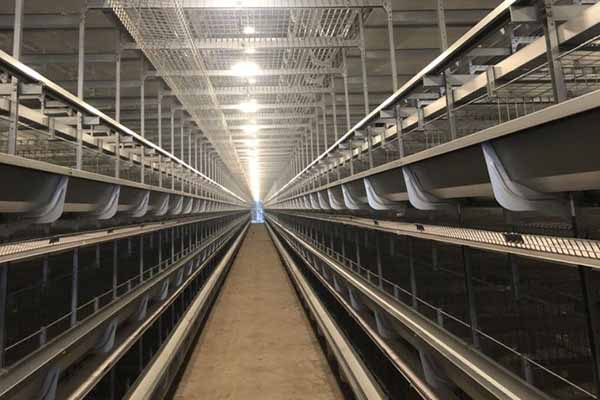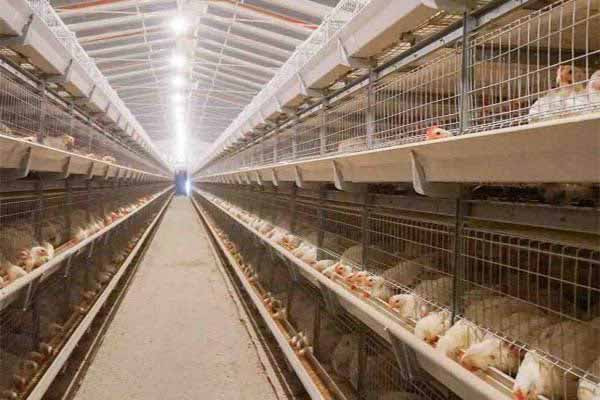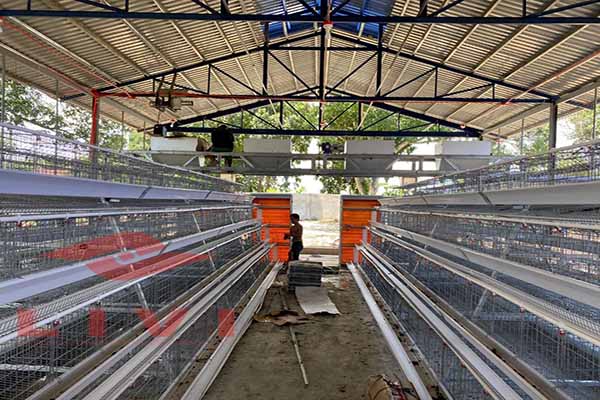The Power Consumption of Livestock Farming Systems: A Critical Factor for Chicken Farmers
Understanding the power consumption of your farming system is crucial for efficient operations, especially in the poultry industry. This article delves into the power requirements of various systems in a chicken farm, helping you make informed decisions. Let’s break down the key factors and figures.

2. Key Components and Their Power Demands
- Lighting Systems: Lighting accounts for a significant portion of the total power consumption in chicken farms. Modern LED lighting can consume up to 50% less power than traditional fluorescent lights.
- Climate Control: HVAC systems are essential for maintaining optimal temperature and humidity levels. Depending on the size of the farm, these systems can consume anywhere from 5 to 10 kilowatts of power per hour.
- Fan and Ventilation: Fans and ventilation systems help maintain air quality and regulate temperature. The power consumption varies depending on the size and efficiency of the fans, ranging from 0.5 to 2 kilowatts per fan.
- Water Systems: Pumps and water distribution systems are crucial for watering the chickens. These systems typically consume between 0.5 to 1 kilowatt per hour.
- Feed Systems: The power consumption of feed systems varies, depending on the complexity and size of the machinery. On average, they consume around 0.1 to 0.5 kilowatts per hour.
3. Total Power Consumption Estimation
To get a better understanding of the total power consumption of your farm, you can use the following table as a guide:

| Component | Power Consumption (kW/h) | Example |
|---|---|---|
| Lighting | 2 | 5000 LED lights consuming 0.4 kW each |
| Climate Control | 8 | One HVAC system |
| Fan and Ventilation | 3 | 15 fans consuming 0.5 kW each |
| Water Systems | 1 | Two pumps consuming 0.5 kW each |
| Feed Systems | 0.25 | One feed system consuming 0.25 kW |
Total Estimated Power Consumption: 14.75 kW/h

4. Reducing Power Consumption
Reducing power consumption not only saves costs but also contributes to a more sustainable farming practice. Here are some tips to consider:
- Optimize lighting systems by using energy-efficient LED lights.
- Install programmable thermostats for climate control to save energy during non-peak hours.
- Use high-efficiency fans and ventilation systems.
- Upgrade water systems with more energy-efficient pumps.
- Invest in renewable energy sources like solar panels.
Implementing these strategies can significantly reduce your farm’s power consumption, leading to a more cost-effective and eco-friendly operation.
Are you looking to optimize your chicken farm’s power consumption? Leave a comment below, or contact us for a free, customized chicken farming design and equipment quotation from Livi Mechanical.




